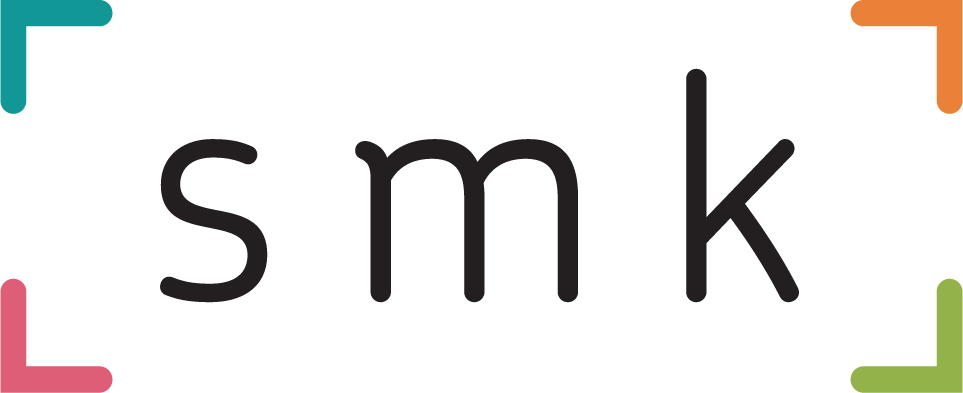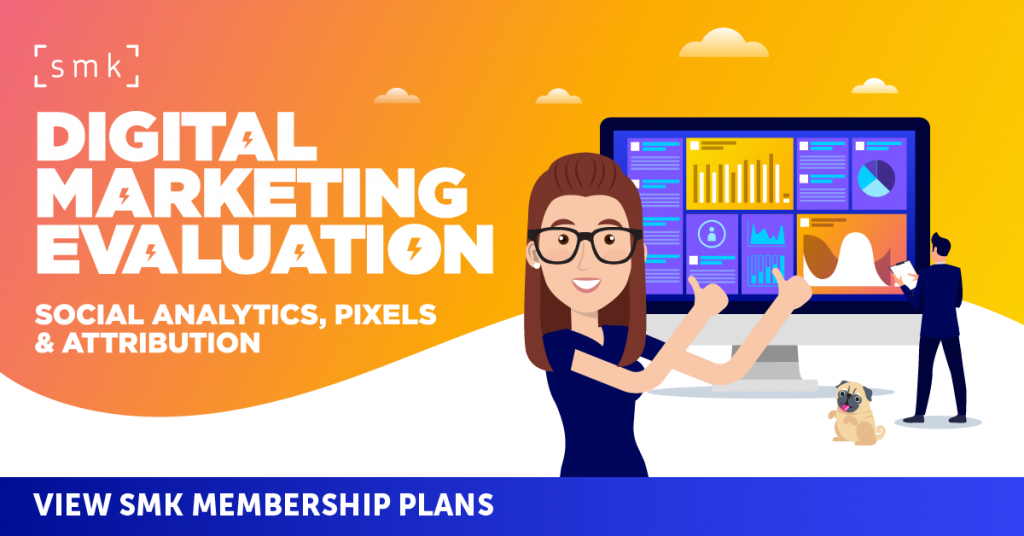1st July Sees Gmail Ads Absorbed Into Discovery Campaigns
Gmail Ads are a-changin, and the manner of their change has the potential to frustrate brands and marketers who enjoyed using them as a standalone ad type.
Gmail Ad targeting will from 1st July only be available as a placement within the recently launched (ish) Discovery campaign type.
Advertisers that haven’t previously tackled Discovery will have to learn how to use the feature and get the best out of it. But be patient, because that might bare extra fruit further down the line.
How Can Gmail Ads Be Used?
Gmail ads appear in Gmail inboxes under the ‘promotions’ or ‘social’ tabs.
These ads appear collapsed, with just a subject line visible. Gmail ads look like emails, but when they’re clicked the user is greeted with an expanded version of the advert that can include photos, videos or forms. They can also direct a user to the advertisers’ landing page.
There are currently two versions of Gmail ads:
- Single business ads. Features just one business at a time and may include information such as a description, images, links and ratings.
- Multi-retailer ads. Features multiple products by more than one retailer and highlights images, ratings and pricing. Users can then click through to the product’s landing page.
What Will The Benefits Of The Change Be?
Discovery campaigns allow brands and marketers to expand their reach and put themselves in front of more eyeballs than ever before; indeed, more than a simple Gmail ads campaign would allow.
“Reach your ideal customer at scale with a single campaign. You enter the building blocks for your ads — like headlines, high-quality inspirational images, and logos — and we’ll show your ads to highly interested customers using the cost-per-action (CPA) bid and budget that you set.”
Your ads will be delivered at a larger scale within one campaign, and your ads will be eligible to be served to up to three billion people across the whole Google ecosystem. More relevant ads will be shown to the customers who matter, and the customers who are most susceptible to your message – which brands and marketers should welcome and look to embrace.
Discovery also allows marketers and advertisers to create rich, compelling ads designed to be discovered by consumers as they browse around the content they want to see. Machine learning will also work to highlight your ads across all devices.
Or, at least that’s the pitch from Google.
Launched in 2020, Discovery campaigns have been likened to Facebook Ads, and social ads more broadly.
What are Discovery campaigns?
Discovery campaigns were a welcome announcement back in 2020, and they represented a fresh way to reach more potential customers than ever across the Google ecosystem.
Discovery ads are designed to serve consumers who browse the Discover feed on the Google search app, the YouTube Home and Watch Next feeds and Gmail.
Much like how Facebook Ads serve across dozens of ad placements within the Facebook Ad network; such as Facebook News Feed, Instagram Stories, IGTV, Messenger, etc.
Discovery relies on machine learning to showcase assets across devices and is designed to help engage customer interest with more efficiency.
Above all, Google has heavily leaned on the potential reach of Discovery – which can be viewed by up to three billion people! That’s a lot of access for brands and marketers to have.
Migrating Gmail Ads To Discovery
Google claims that you can ‘easily reproduce your Gmail ads campaign in a Discovery ads campaign.’ It recommends that users take the following three steps to success:
- Budget. The budget of your Discovery ads campaign should be more than the budget of your Gmail ads campaign.
- Google recommends doubling the budget of your Gmail ads campaign to your Discovery ads campaign. This is to ‘account for the incremental reach achieved with Discovery ads.’
There’s a crucial bit of information to know about your budget. It will be used for the whole of the Discovery network, not just Gmail ads. This means that you’ll see different results to what you were used to if you only ran Gmail ads – and that’s to be expected.
- Bidding. You need to start your Discovery ads campaign on Target CPA (tCPA) bidding. Select the right campaign target CPA – you can do this by taking an average CPA over the past 30 days on Gmail ads and increasing it by 20%, or using the suggested bid during your campaign construction.
- A little hint from Google: ‘You can decrease the tCPA over time as your Discovery ads improve in performance over time by way of machine learning.’
- Targeting. When you create your Discovery Ads, you’ll need to pick audiences that align with your Gmail ads audience targeting.
- Here’s more from Google: ‘If you’ve been targeting keywords in your Gmail ads, then create a custom audience for your Discovery campaign based on your top converting keywords from your Gmail ads campaign.’
Google hasn’t really gone into detail about why they’ve made the change, but brands and marketers who use Gmail ads should now start learning about Discovery and tinkering with the platform so they can hit the ground running when the migration happens.



RECOMMENDED FOR YOU
[NEW STUDY] AI Traffic Outperforms on Conversions Not Engagement
For all the promises about AI-powered search delivering higher-quality…
For all the promises about AI-powered search delivering higher-quality…
Meta Brings AI Video Editing to Instagram and Meta AI
Meta has launched a new AI-powered video editing feature…
Meta has launched a new AI-powered video editing feature…
Google Expands AI Max To Boost Search Ads
As generative AI continues to reshape how people interact…
As generative AI continues to reshape how people interact…